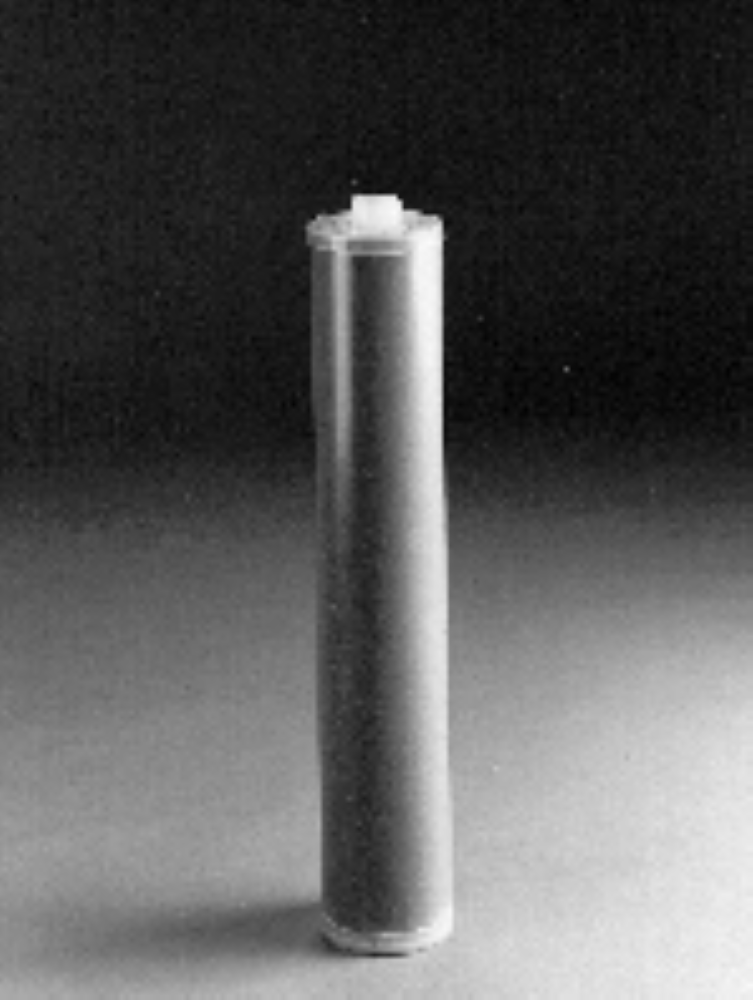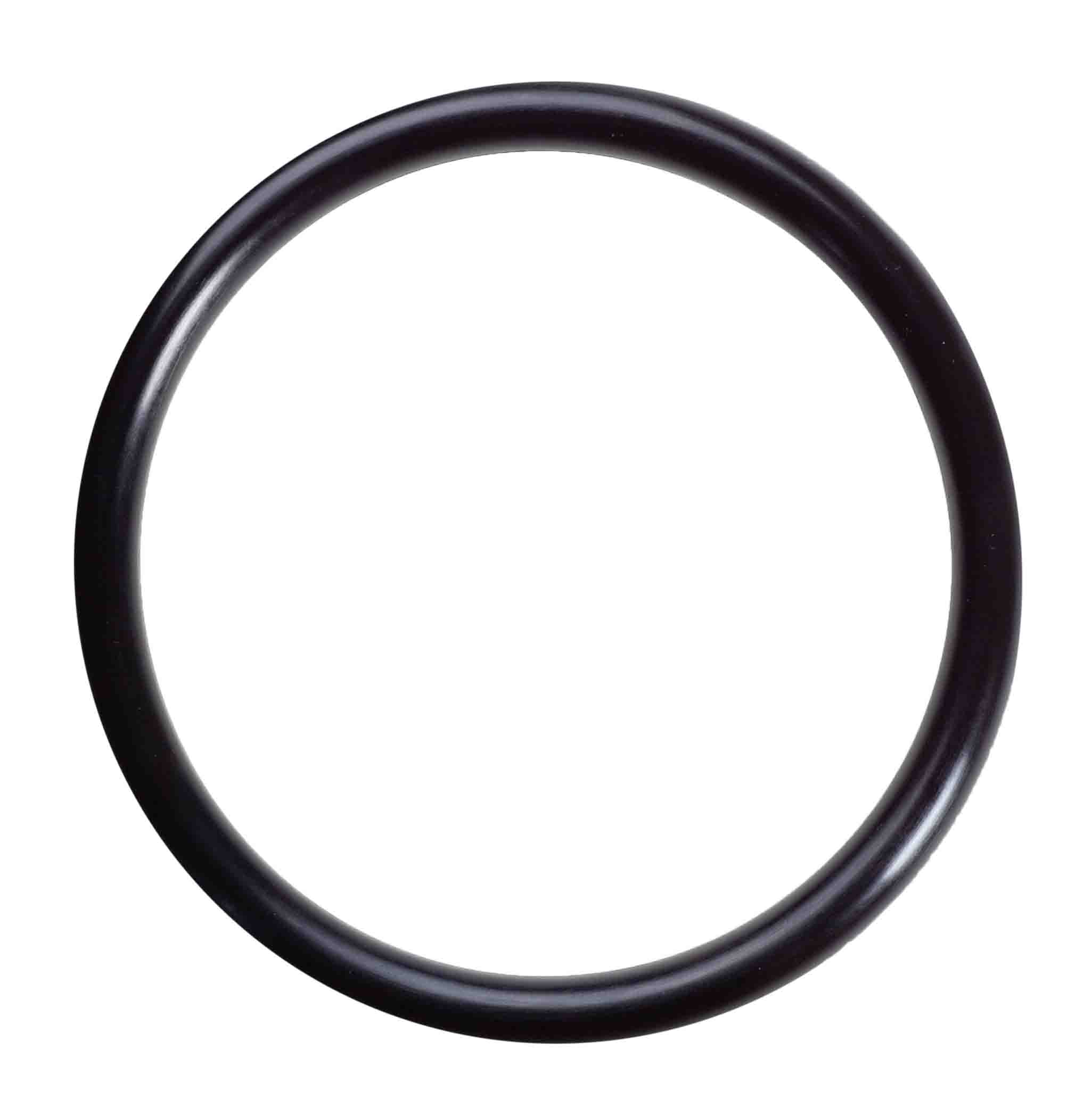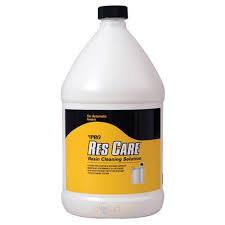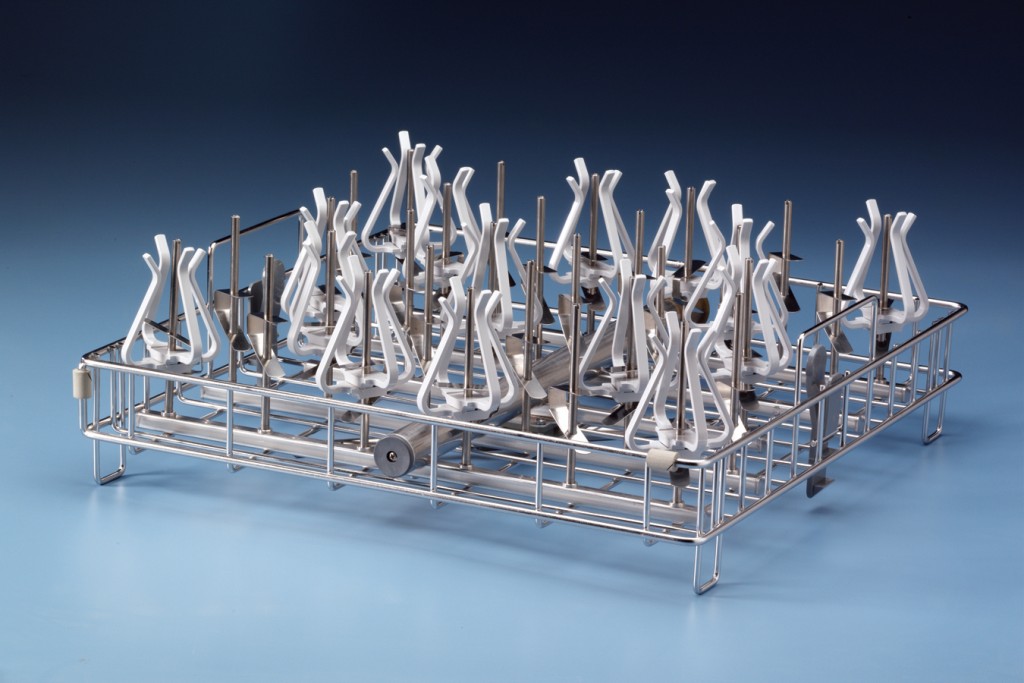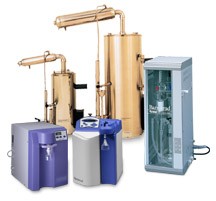 |
Need a New Laboratory Water System?
We have many to choose from. We can save you thousands on
Complete Systems and replacement filters for most brands. |
Removing Dissolved inorganics
Removing Dissolved inorganics
What are inorganics?
Inorganic contaminants include dozens of substances feedwater encounters in its passage to its place of use. Calcium and magnesium dissolve into it from the rock formations of its origin, two substances that make what we call, "hard water", Carbon dioxide gas also dissolves into the water, making it mildly acidic. Silicates leach from sandy river beds or from glass transport vessels, and ferrous iron also joins the solution in transit, from iron pipes. We add chloride and fluoride at the water treatment plant, and accidental pollution occurs with nitrates from fertilizer and phosphates from detergents.
How do I remove them?
We call these tiny bits of electrically charged inorganic substances ions, and we test for these using electricity. The simplest test is a measurement of electrical conductivity or resistivity. Most inorganic ions are either positively charged (cationic) or negatively charged (anionic) and can be recognized by their value.
The more ions present, or the more contaminated the water, and the greater its conductivity. Conductivity is measured in microsiemens/cm, and the more of them there are, the better the water conducts electricity. On the other hand, very pure water, with few ions, is a measurement of resistivty, and it is measured in megohms/cm, and the higher this reading, the purer the water. Because these are opposites, a very high microsiemen/cm reading (conductivity) should mean a very low megohm/cm reading (resistivity). Of course, temperature is also a part of the measurement of electrical charges, so this is always a part of the reading too. At 25 degrees C, 18.2 megohms/cm (resistivity)--the highest purity water obtained with current technology, is also 0.055 Microsiemens/cm.
Deionization is one method for removing inorganics from water with a high microsiemen/cm reading. Filtration methods and Reverse Osmosis are also very effective.
|
Images are representative of the products. Images may or may not be of the actual product. If it is important e-mail us for an actual image if available.
* Flat Rate UPS shipping when able to ship via UPS and is in the USA excluding Hawaii and Alaska.
Larger Items may not be able to ship via UPS, in that case freight charges will be quoted seperately.
International shipping will be quoted after the order is placed. You will have the opportunity to cancel before we finalize your order.
Terms and conditions
Credit Application
Privacy
Policy
List All Products
|





